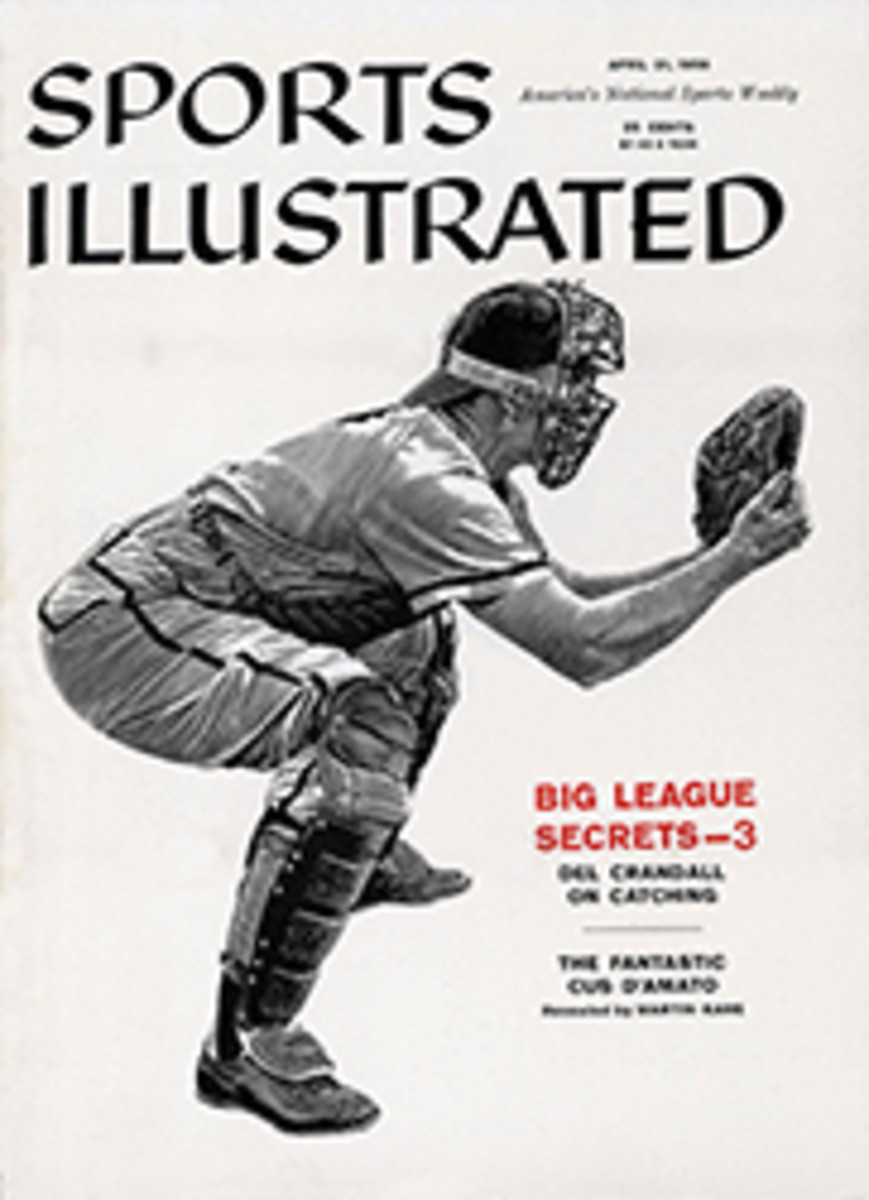
Footloose in Ojai
Although young tennis players en route to the spring tournament have been threading their way into the Ojai Valley since 1896, large crops of oranges, students and retired magnates have ripened in the celebrated weather there for years, and it is only in the last decade that part-time pleasure seekers have discovered this southern California bowl, 75 miles from Los Angeles, 15 miles from the sea and once described by a resident as "on the way to nowhere." This latter-day invasion is still far from mass—and the new pioneers would like to keep it that way, for reasons which soon will become evident.
Tennis first arrived in Ojai with William Thacher. He came to take a teaching job in his brother's school, equipped with a Yale education, a pair of white pants and a flat-topped racket, at a time when Ojai was scarcely out of the redskin age. There were three churches, two hotels, two blacksmiths, one drugstore and no saloons. In 1917, spurred by Edward Drummond Libbey of the glass company, the shops were tucked away in a pleasant Castilian arcade, and Ojai resigned itself to a life as a model town, in a greening valley suffused with an aura of gentle tranquillity. The most interesting shop is a bakery which bakes bread in a variety of flavors that include salt-rising, lima bean, low-sodium and stone-ground. A few motels have sprouted, and there is one prime resort, the Ojai Valley Inn.
The development of the inn during the last decade has brought the new transient devotees. One of the original stockholders was Irene Dunne, and its present owners include Jimmy Demaret and Loretta Young, who has a house on the property. Lunching out of doors on the inn's terrace, under the curving arms of a shade tree hung with flower baskets and wired for soft hi-fi, Ojai's visitors can look across the rolling golf links, past the eucalyptus trees, over the valley floor to the mountains beyond, many of them carpeted with the Los Padres National Forest. The golf course is a hill-and-dale expanse with olive trees rustling in the gullies, wooden bridges spanning the deeper vales. A rope tow helps golfers climb from the 17th green to the 18th tee.
Fishing is seasonal (steelhead, rainbows); golf, tennis, riding and swimming are year-round. But it takes a hardy man (and a heated pool) to brave some of the winter days in the outdoor tank. The resort houses its guests in 75 rooms in the main house and detached cottages. Rates for two on a robust American plan run from $34 to $50 a day.
A second Ojai hotel, the Oaks, is under new management, and among the motels the Ojai Rancho offers life in cedar-lined redwood cabins, with a heated pool alongside, at $9 a night. The Valley Outpost Lodge, tucked away in the valley five blocks off the highway, has simple accommodations spread among the live oak trees.
Aside from those who come for part-time rejuvenation, there are many who live permanently in Ojai, most of them migrants from more toilsome acres to the east. In a preserve of handsome estates known as Arbolada, redwood fences girdle Kelly-green meadows sprinkled with the yellow of mustard growing wild.
The gentle atmosphere induces orange trees to bear fruit twice a year, sending half a million boxes through the local Sunkist plant. It brings peace for meditation to a religious group called the Theosophists, who believe in reincarnation, in universal brotherhood and in all religions.
Once a year, usually late in May, music wells from an amphitheater hard by the park tennis courts during Ojai's annual music festival. In another corner of the valley the famous ceramist Beatrice Wood produces works that have been compared to the arts of Persia, old Roman glass and Chinese treasures, all in one.
Learning has long been the liveliest art in the valley, which now numbers half a dozen private schools. Its first elementary school, which opened in 1869, was so crude and so remote that it became known as "Sagebrush Academy." But Ojai's most famous institute is Thacher School, founded by Sherman Day Thacher, William's brother, in 1888. Like William, Sherman was fresh from Yale, where his father, a son-in-law of Yale's President Jeremiah Day, had been a professor. Sherman's one and only pupil paid $10 a week for board, not counting washing, $2 for tutoring, $2 for the use of a horse and was allowed $4 off for any chores he might perform.
It costs more than that today to live in Ojai, but the peace and quiet are still the same. Hearkening to the neon-dazzled razzmatazz of other Californian oases, Ojai's new pioneers hope it will stay that way.
PHOTO
GOLF IS PLAYED ALL THE YEAR ROUND

